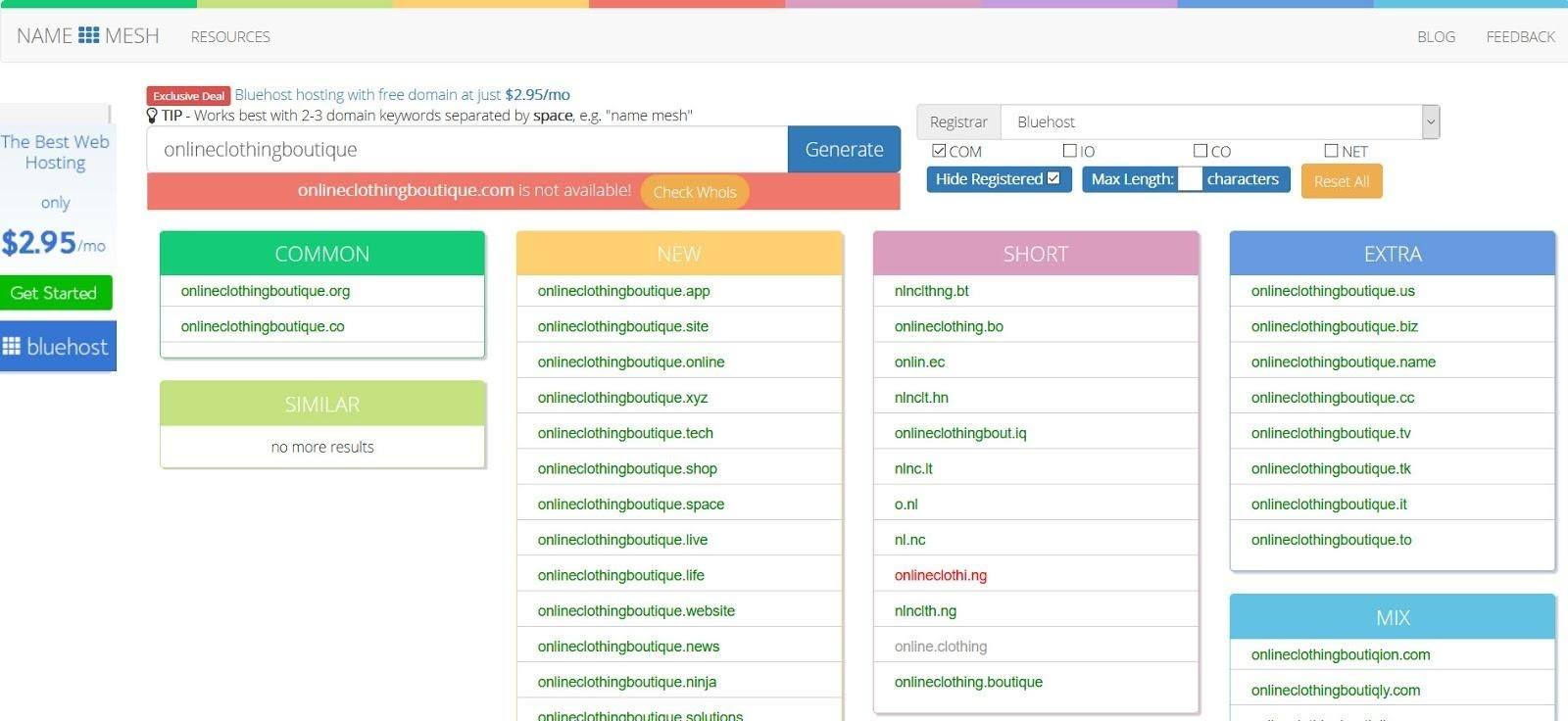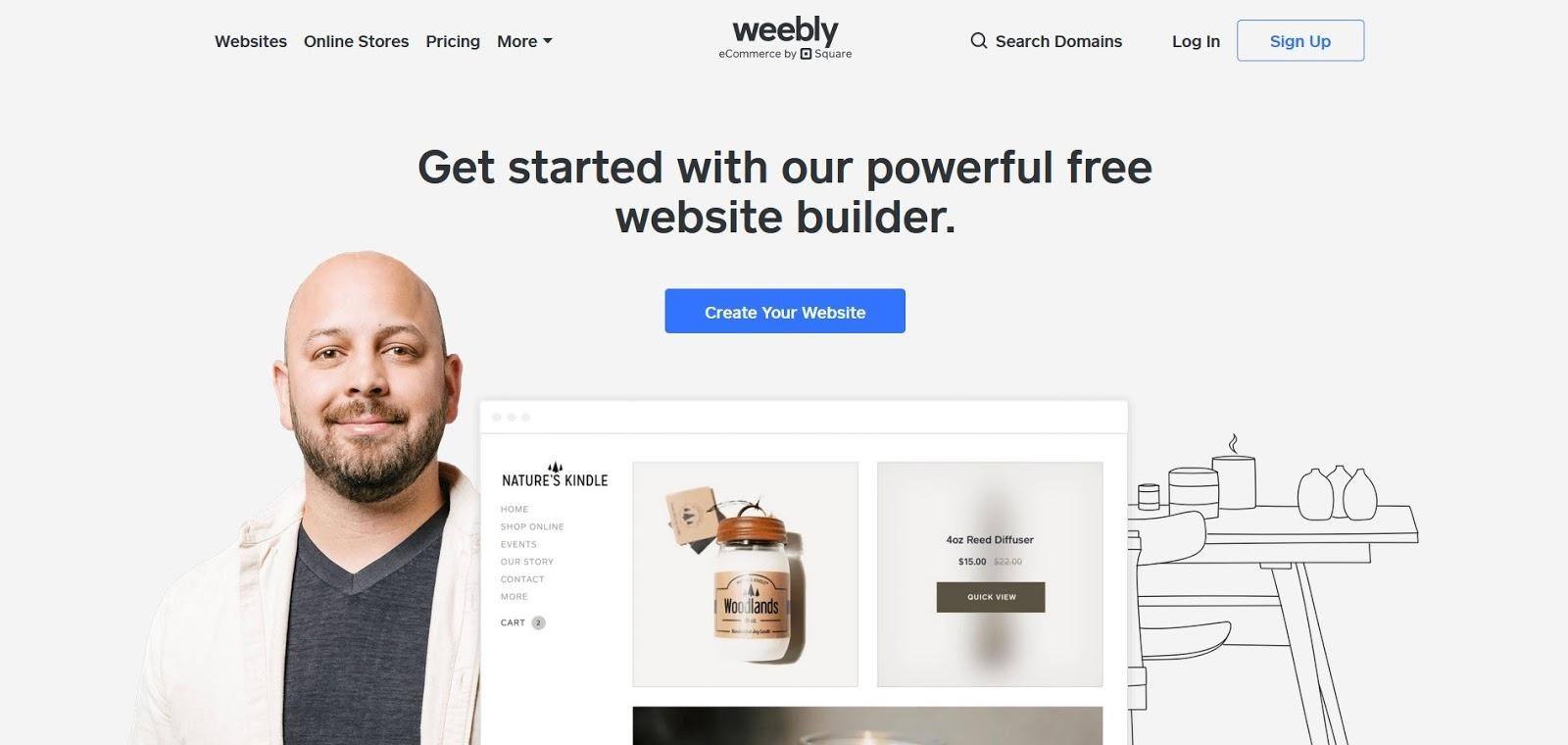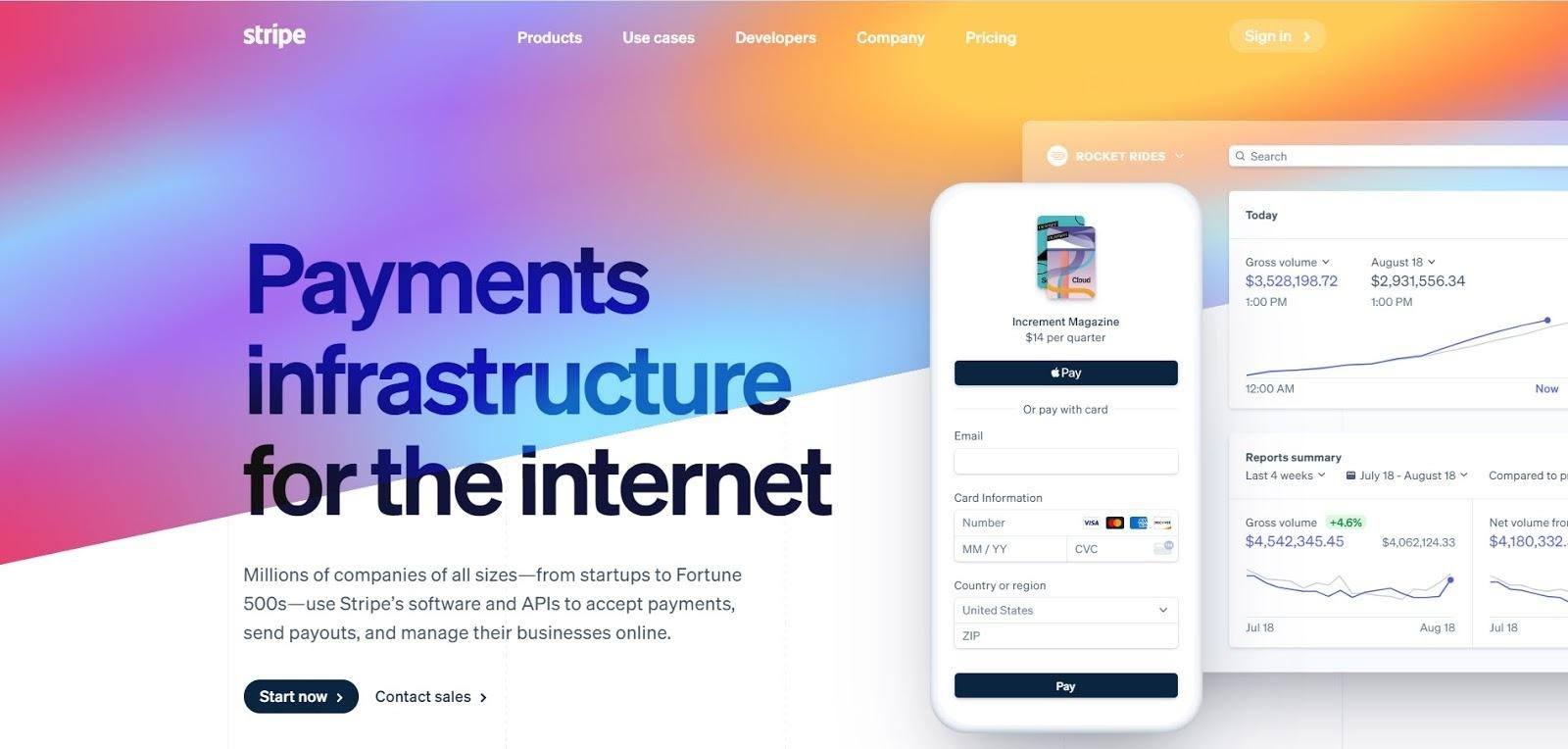How To Start An Online Clothing Boutique: 7 Steps
By Guest Author | Business

If you’re looking to start an online clothing boutique to sell clothes then this article is for you!
This post provides seven steps that will help you get started on the right foot. They are all simple and straightforward ways to set up your own successful business without spending much money or time.
The best way to name a clothing boutique is to choose something that describes what you will be selling. The most popular categories are jeans, tops, dresses, and skirts, among other items. People often use catchy names or words as their titles when describing clothes in an online store.
Here are two tips to help you choose a name for your online clothing boutique store:
To help you brainstorm for name ideas, use a tool like Namemesh.

Credit: Namemesh
Enter your preferred brand name and the tool will show you a variety of domain names you can sign up for your site.
Before you start selling any clothing online, you should have a logo and branding. This is important because it gives your business an online identity and makes it unique. It can also help make your website look more professional when customers visit to buy clothes for their wardrobe.
Your logo should give customers an idea about what you are selling and make them want to buy from you and visit often.
There are lots of logo design services you can subscribe to help you come up with one for your site. Canva has a logo maker that you can play around with if you’re short on budget. If you want to hand this task off to a professional then you can often find highly rated graphic designers on Fiverr who will get the job done for you.
But branding goes deeper than just a logo because it includes colours, fonts, images and more — it’s getting a feeling for how someone views your company once they find it on the internet.
A good way to design a website is by using a tool such as Weebly. Weebly has templates that are suitable for fashion websites. It also has an intuitive interface, so you can easily make changes to your website’s content and appearance if you need to.
You can also select from other great platforms like Shopify, Squarespace, and WooCommerce (for WordPress users).
The most important thing here is you’re comfortable with the platform and gives you the confidence to make the best possible online store with it.
Once you’ve chosen the platform, the next step is to make custom tweaks to it to make the store your own.

Credit: Weebly
Weebly has plenty of themes to choose from, so you can start with one already made instead of building from scratch to save time. Then select some custom fonts and upload any logos or images that make sense alongside your company’s branding.
Next, choose the layout that you want for your store. There are different layouts such as grid, two-column, or full-width page template where you can click and drag elements around until they’re positioned how you like them on your site.
Regarding product photos, there are many creative ways to take them for your ecommerce store. One of the most important things is to make sure that your pictures look clear and sharp, because this can help encourage customers to buy from you.
And to achieve this, you may need to hire a professional photographer to ensure that the high-resolution images that put your brand in a positive light.
If you want to promote your online clothing boutique, you can start by creating social media accounts such as Twitter and Instagram because those are the most popular ones.
Once you’ve done this, you’ll want to create a Facebook Page for your business. Once that’s done, use it to promote the clothing boutique by posting pictures and updates about new products or sales now and then.
You can also run paid ads to show your posts to your audience.
To do this, you must determine their demographic (age, gender, income, etc.) to ensure that they see your posts.
Lastly, if you have an email list set up (you should!), we recommend sending out emails when there are any new arrivals of popular items on your site! That way, people will know what they need to come back for next time they see something online that catches their eye.

Credit: Stripe
Picking the best payment method for your customers is a key part of setting up your online store.
Payment gateways like Stripe and PayPal are widely accepted payment methods that also accept credit and debit cards. Both are popular among customers so you shouldn’t have to worry about receiving payment using either gateway.
Most website platforms have built-in payment gateways to help you process the order, which makes it simple to set up your chosen payment method.
Because customers want to have their orders delivered as fast as possible, you must find a way to ship them. Pick a shipping provider that works for your business, keeping in mind that you may want to send orders internationally.
If you’re in the dropshipping business, you need to align with your manufacturers regarding the orders to ensure that customers receive them on time and without any problems.
It’s important to understand where your customers are coming from, and Google Analytics can help you do this. You’ll know which of your marketing channels is working best.

Credit: Google Analytics
Google Analytics helps you monitor the number of visitors your site and how the interact with your site. Below are some metrics you should consider when analysing your online clothing boutique using Google Analytics:
From these insights, you’ll have a better understanding of what your audience wants from your store. For example, if your top referring traffic is coming from social media, then you must double down on your social media promotions and efforts.
Follow these steps and you have a solid foundation for setting up an online boutique clothing store. We hope that our advice has been useful in helping you get started with starting an online clothing boutique and generating customers and sales over time.
Author bio: This article was written by Christopher Jan Benitez, a freelance writer.